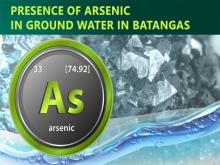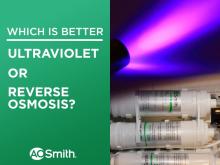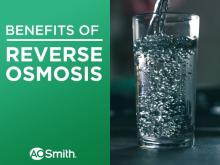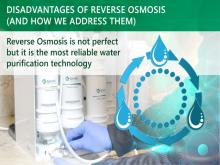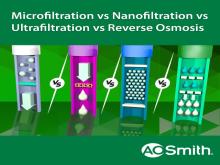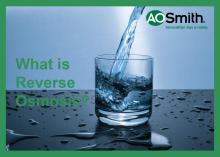Presence of Arsenic in Ground Water in Batangas
It was reported in January 2022 that the groundwater in a city and eight towns in Batangas province have been found positive for arsenic contamination. The areas with high levels of arsenic contamination were revealed to be the municipalities of Laurel, Balete, San Nicolas, Mataas na Kahoy, Alitagtag, Santa Teresita, Lemery, Taal and the city of Tanauan.

